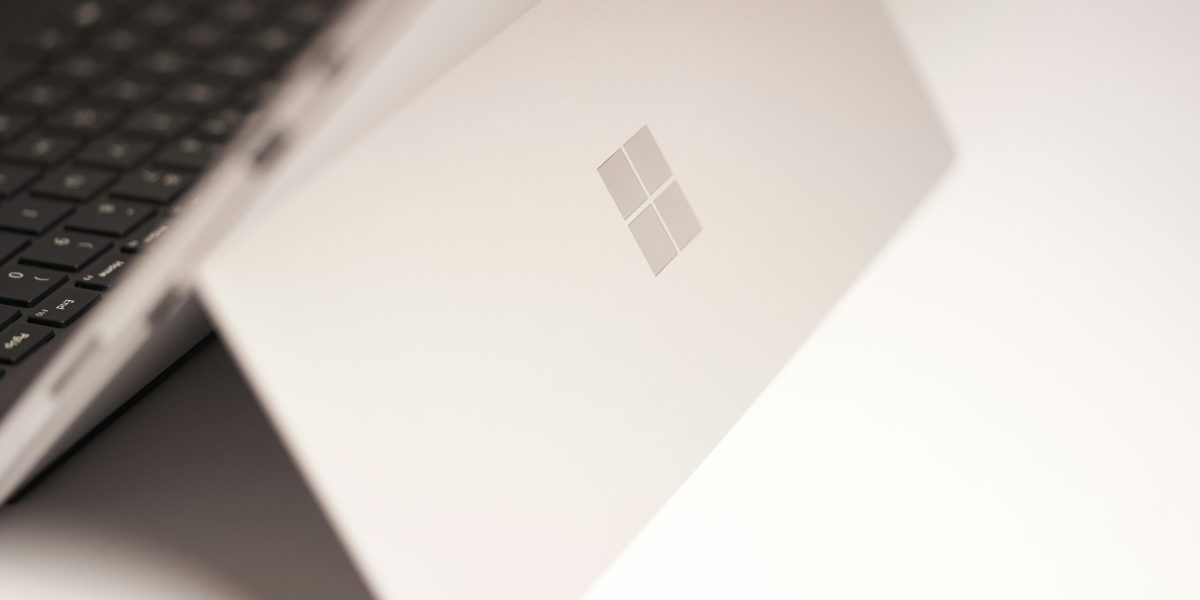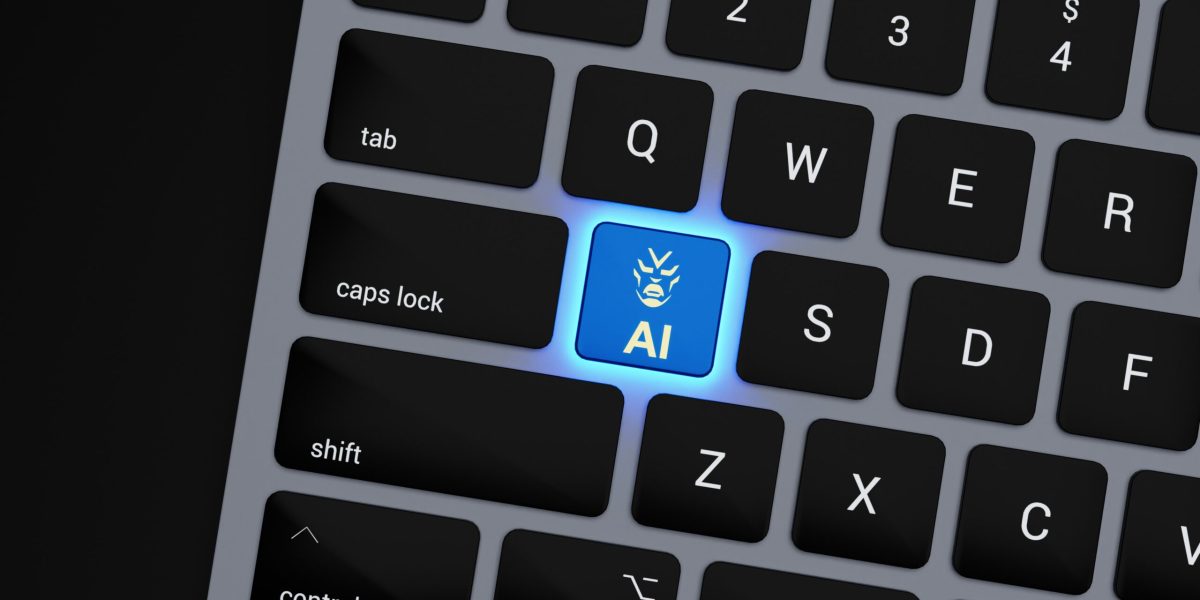Remote Work Security Revisited: Advanced Strategies for Protecting Your Business in 2025
Secure remote work is no longer a futuristic concept—it’s the standard. As more companies embrace remote and hybrid work, the need for robust, adaptive security practices has never been greater. Businesses that fail to update their defenses risk data breaches, compliance violations, and loss of customer trust.
In this comprehensive guide, we’ll explore advanced strategies to protect your organization in 2025 and beyond. Whether you’re a small business managing remote teams or an enterprise navigating a global workforce, these practical insights will help you strengthen your cybersecurity posture and support productive, secure remote work.
Understanding the Remote Work Landscape in 2025
Remote and hybrid work models have evolved rapidly. According to a 2024 Gartner report, 76% of employees expect flexible work environments as the default. This shift has transformed how, when, and where employees access data—often on unsecured networks or personal devices, making businesses more vulnerable.
Today’s threat landscape includes highly targeted phishing attacks, unpatched software, and identity-based threats. For secure remote work, businesses must go beyond basic antivirus software and VPNs to adopt proactive, layered defenses.
1. Embrace Zero Trust Architecture
Zero Trust assumes no user or device is trustworthy by default. Every access request must be verified through strict identity and behavior checks.
- Use multi-factor authentication (MFA) and role-based access controls.
- Leverage identity and access management (IAM) solutions like Okta or Azure AD.
- Continuously monitor login activity for suspicious behavior.
2. Deploy Endpoint Detection and Response (EDR)
Modern threats target endpoints like laptops and mobile devices. EDR tools offer real-time visibility, threat detection, and response automation.
- Choose a reputable EDR platform that supports behavioral analysis and automatic remediation.
- Integrate EDR with your broader cybersecurity ecosystem.
- Conduct simulated attacks to test and optimize system responses.
3. Replace Legacy VPNs with Modern Access Solutions
VPNs often bottleneck traffic and introduce vulnerabilities. Secure remote work benefits from next-gen technologies like:
- SASE (Secure Access Service Edge): Combines networking and security in one cloud-delivered platform.
- CASBs (Cloud Access Security Brokers): Monitor and control SaaS usage.
- SDP (Software-Defined Perimeter): Dynamically restricts access based on identity and context.
These alternatives reduce attack surfaces and improve user experience.
4. Automate Patch Management
Unpatched systems are a leading cause of breaches. Use Remote Monitoring and Management (RMM) tools to ensure all endpoints remain current.
- Automate OS and software updates on a regular schedule.
- Conduct audits to verify compliance across all devices.
- Test updates in staging environments to prevent disruptions.
Verizon’s 2024 DBIR found that most successful cyberattacks exploited known vulnerabilities—patching works.
5. Foster a Culture of Cybersecurity Awareness
Technology alone won’t secure your remote workforce. Human error remains a major vulnerability. Invest in employee training and awareness.
- Deliver micro-training sessions on phishing, password hygiene, and safe browsing.
- Run mock phishing simulations to reinforce real-world vigilance.
- Make cybersecurity part of onboarding and ongoing employee development.
Secure remote work requires active participation from every team member.
6. Classify and Protect Sensitive Data
Data Loss Prevention (DLP) tools help detect and block unauthorized data transfers across email, cloud, and endpoints.
- Tag sensitive files using automated data classification tools.
- Restrict data sharing based on context—who, what, where, and how.
- Integrate DLP with collaboration platforms like Microsoft 365 and Google Workspace.
7. Implement SIEM for Real-Time Threat Detection
Security Information and Event Management (SIEM) centralizes log data to detect anomalies and correlate threats across your entire infrastructure.
- Ingest logs from firewalls, EDR, IAM, and cloud applications.
- Use AI-based analysis to detect unusual activity patterns.
- Automate responses such as account lockdowns or device quarantines.
Modern SIEM platforms like Splunk or Microsoft Sentinel enhance visibility and compliance.
8. Prioritize Integration and Usability
Secure remote work depends on simplicity. Your tools should integrate smoothly and support employee productivity—not hinder it.
- Use IAM solutions that support Single Sign-On (SSO).
- Adopt platforms that provide seamless access across devices.
- Choose security tools with intuitive dashboards and automated reporting.
Prepare for the Future of Secure Remote Work
Remote work is here to stay, and so are the evolving cyber threats that come with it. To stay ahead, small businesses must adopt advanced strategies that combine smart tools, human awareness, and scalable systems. Whether you’re transitioning to a cloud-native stack or optimizing a hybrid workforce, these practices lay the foundation for true secure remote work.
If you’re ready to modernize your cybersecurity approach, contact ParJenn Technologies today. We help small businesses build resilient, secure infrastructures tailored for remote success—so you can focus on growth, not threats.
To view the LinkedIn version of this article, click HERE.





